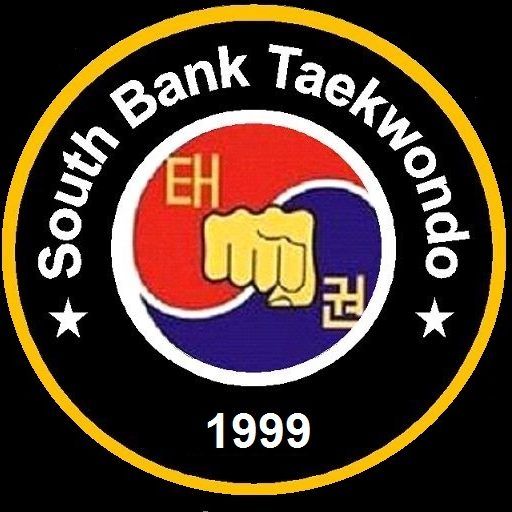According to World Taekwondo
“Taekwondo is one of the most systematic and scientific Korean traditional martial arts, that teaches more than physical fighting skills. It is a discipline that shows ways of enhancing our spirit and life through training our body and mind.”
Today, Taekwondo is the most recognised of the Korean martial arts and in the past 50 years has developed significantly into one of the world’s most effective styles of unarmed combat. Taekwondo is not only in Korea but internationally as well with currently 208 member nations, approximately 80 million practitioners worldwide. It’s evolution and scientific development both as an art form and Olympic sport still continues…









